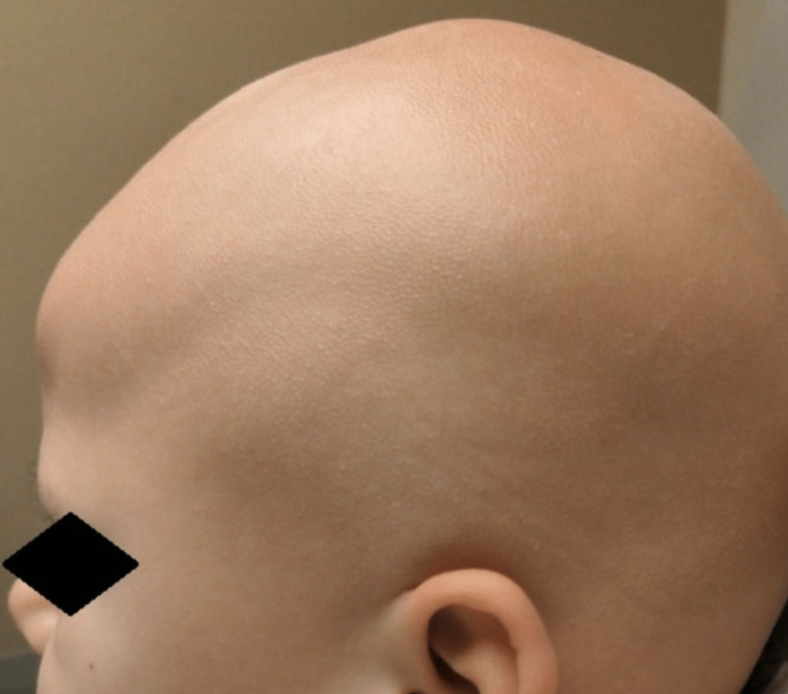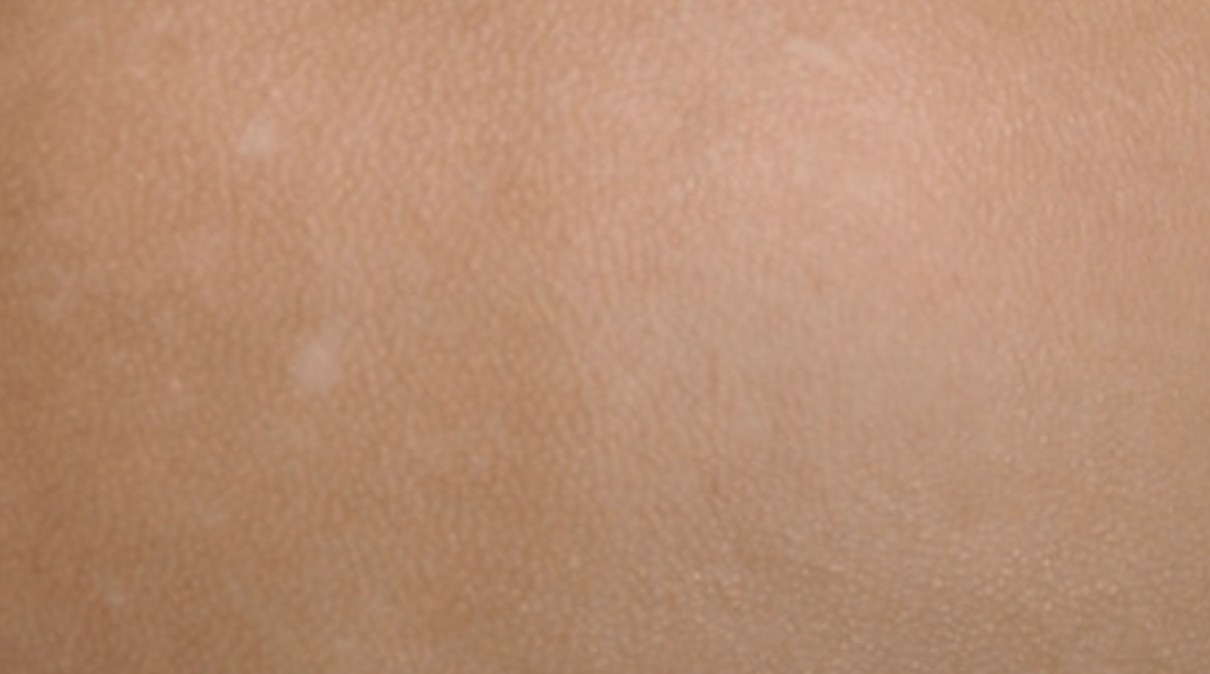A Closer Look at Atrichia with Papular Lesions (APL)
Patients with APL have Mutation in the Hairless Gene
Authors from the US present the case of a 5-year-old girl with classic clinical findings of atrichia with papular lesions or “APL”, with a diagnosis confirmed via genetic testing.
APL is a rare form of hair loss and is characterized by a diffuse, complete, and irreversible type of hair loss that begins shortly after birth. Hair loss is accompanied by diffuse keratotic papules and milia-like cysts. The diagnosis of APL requires a detailed clinical and family history, as well as DNA sampling to identify a hairless gene (HR) mutation. Over 30 mutations of the hairless gene (HR) on chromosome 8p12 have been associated with APL.
The authors describe a 5-year-old girl who presented for congenital absence of the majority of scalp hair and hair loss. She had a small amount of black scalp hair in patches at birth. Between 6 and 12 months of age, she lost the majority of her hair with no subsequent regrowth.
In addition to the hair loss, many skin-colored to white 1-2 mm papules were seen on the scalp.
In addition to loss of hair on the scalp, the eyebrows and eyelashes were sparse with minimal hair growth. She had previously undergone genetic testing, which confirmed a diagnosis of APL with a biallelic mutation in the hairless gene, Her mother also had genetic testing and was heterozygous for the hairless gene; however, she had normal hair density.
Discussion
Mutations in the human hairless gene are found in two very closely related disorders: Atrichia with papular lesions (APL) and alopecia universalis congenita.
The skin is normal in AUC whereas patients affected by APL develop papular or milia like growths over much of their skin in the first few years of life. Hair is lost in AUC/APL in 40 days to 4 months. There can sometimes be some eyebrow and lashes remaining.
AUC and APL are therefore very similar. If children have complete hair loss and there is cysts or milia or some types of a papular rash that is found and hairless gene mutation also uncovered the tendency is to call the condition APL. If there are no such cysts, then AUC is usually the term. Sometimes, there are just a few minute papules and the case is said to be ‘borderline.’
The hair loss that occurs in hereditary vitamin D dependent rickets type IIA is similar to APL/AUC. It’s a rare AR disorder too. Hair is present at birth and then lost in the with 12 months. Hair is usually lost between 1-3 months. There can sometimes be some eyebrow and lashes remaining. The clinical and sometimes even the pathology can be similar to APL. In fact, some patients with VDDR alopecia have small milia.
Bergman et al, 2005
A study in 2005 set out to compared 6 patients with VDDR with and 4 with AUC/APL
Histology of VDDR patients showed lower 2/3 of hair follicle missing and cysts in the mid upper dermis and sometimes lower too.
The pathology of APL/AUC was similar with lower 2/3 of hair follicle missing and cysts in the mid upper dermis and sometimes the lower too.
Surprisingly, the histological findings of VDDR and APL/AUC are essentially similar. The only normal part is in the infundibulum. SG are present but they are devoid of hairs. The lower part is missing and replaced with irregular epithelial structures with small cystic dilations or by small epithelial cysts.
In some ways, all of this is should probably not be surprising given that hairless mice and VDR knockout mice are so similar.
REFERECE
Boisen J et al. Atrichia With Papular Lesions Confirmed via Genetic Testing: A Case Report. Cureus 2022 Dec; 14(12): e32562.
Bergman R et al. The alopecias associated with vitamin D-dependent rickets type IIA and with hairless gene mutations: a comparative clinical, histologic, and immunohistochemical study. Arch Dermatol. 2005 Mar;141(3):343-51.
This article was written by Dr. Jeff Donovan, a Canadian and US board certified dermatologist specializing exclusively in hair loss.




